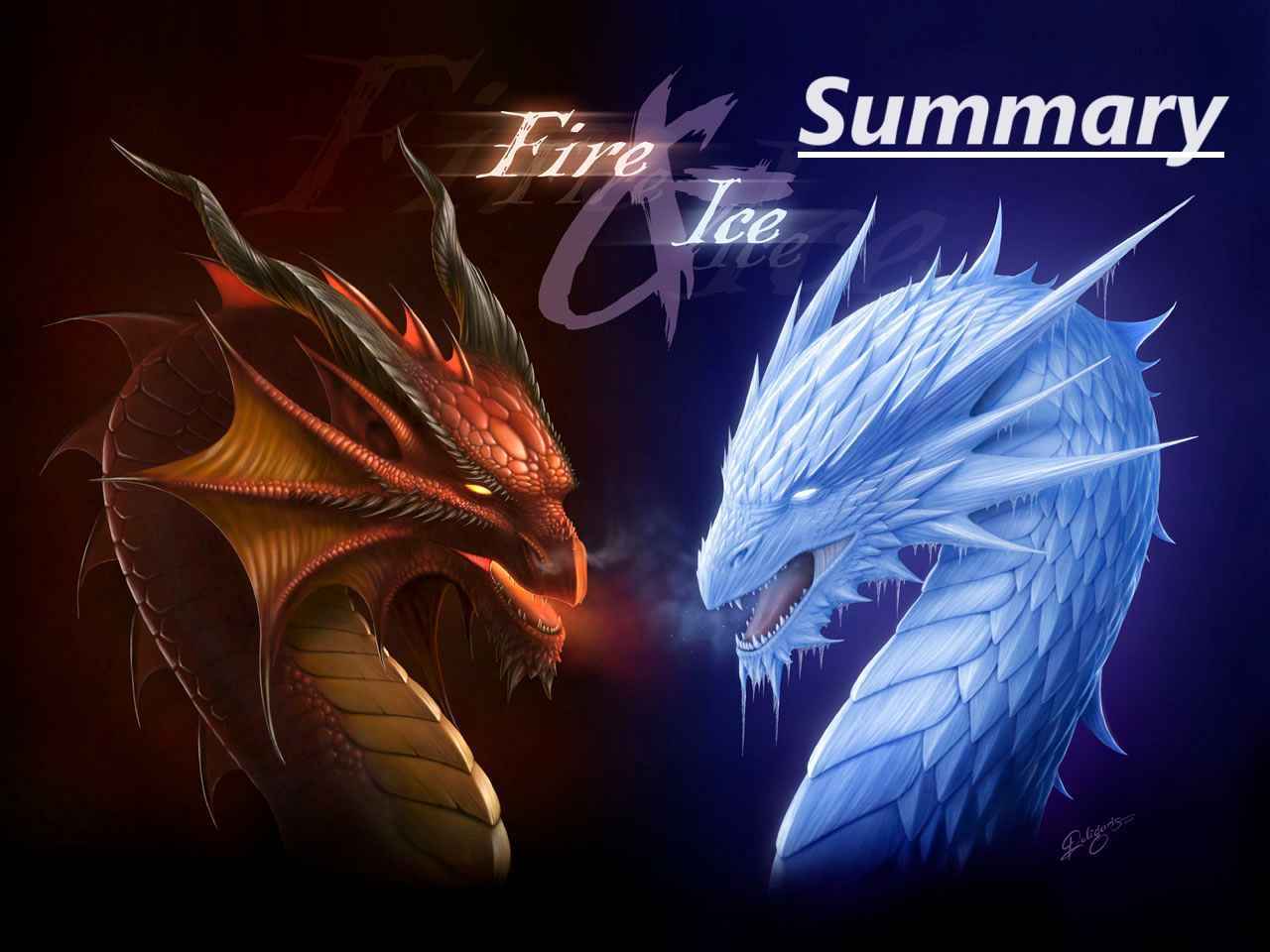Fire and Ice Summary, Explanation, Word Meanings – Class 10 English First Flight
Robert Frost’s poem “Fire and Ice”, featured in First Flight, the Class 10 CBSE English textbook, presents a deep philosophical idea in just nine lines. This short poem speaks volumes about human emotions and the destructive potential they hold. Students will benefit from understanding the poet’s viewpoint and the message conveyed, as it helps sharpen analytical thinking and interpretive skills.
Introduction to the Poem
“Fire and Ice Summary” is a symbolic poem where the poet reflects on how the world might come to an end. According to some people, the world will end in fire, while others believe it will be destroyed by ice. These two elements, fire and ice, serve as metaphors for human emotions. Fire symbolizes desire, passion, and uncontrolled longing, while ice stands for hatred, indifference, and coldness of heart.
Robert Frost cleverly uses these elements to compare them with human emotions that, if left unchecked, can destroy individuals or even the world.
Theme of the Poem
The central theme revolves around the destructive power of human emotions—either intense passion or deep hatred. Frost explores how extreme emotions like desire and hatred can lead to chaos, destruction, and ultimately, the end of the world. It reflects the idea that internal emotions, when not controlled, can be just as damaging as external catastrophes.
Detailed Summary
The poem starts with the poet considering the two opposing views of how the world might end—fire or ice. He leans towards fire because he understands the consuming nature of desire. Fire represents our uncontrollable wants and cravings, which can burn through relationships, morality, and society itself.
However, Frost doesn’t dismiss the destructive power of ice. He believes that hate, symbolized by ice, can be equally dangerous. Hatred can freeze emotions, create distance between people, and slowly and steadily break bonds. If fire causes fast destruction, ice works subtly, spreading coldness and indifference.
Thus, the poet concludes that either element—fire or ice—could be sufficient to bring about the end. Both emotions, if left unchecked, can have devastating consequences.
Explanation of the Poem (Line by Line)
Lines 1–2:
“Some say the world will end in fire / Some say in ice.”
These lines introduce two popular beliefs about the end of the world. Fire and ice are used symbolically to represent desire and hatred, respectively.
Lines 3–4:
“From what I’ve tasted of desire / I hold with those who favour fire.”
Here, the poet agrees with the idea that the world could end in fire. Having experienced desire himself, he believes it has the power to consume and destroy.
Lines 5–6:
“But if it had to perish twice / I think I know enough of hate”
Frost considers a hypothetical second end. He suggests that even hatred, like desire, has the power to destroy. Hate is a cold emotion, slow but deeply harmful.
Lines 7–9:
“To say that for destruction ice / Is also great / And would suffice.”
These lines conclude the poem. The poet says that ice, representing hatred, is also strong enough to destroy the world. Its destructive power lies in its ability to slowly numb and break down relationships and humanity.
Word Meanings from the Poem
- Desire – A strong feeling of wanting something.
- Favour – Support or approval.
- Perish – To die or be destroyed.
- Suffice – To be enough or sufficient.
Literary Devices in the Poem
1. Rhyme Scheme:
The poem follows the rhyme scheme ABA ABC BCB, which adds a rhythmic flow to the poem’s short structure.
2. Assonance:
The repetition of vowel sounds in a line.
Example: “I hold with those who favour fire” (long “o” sound)
3. Alliteration:
Repetition of consonant sounds at the beginning of words.
Example: “favour fire”, “world will”
4. Imagery:
The poet creates vivid images of destruction using “fire” and “ice”.
Example: “Some say the world will end in fire”
5. Anaphora:
Repetition of a word at the beginning of consecutive lines.
Example: “Some say” in lines 1 and 2.
6. Personification:
Giving human qualities to non-human things. Both fire and ice are given the ability to destroy, suggesting they represent human emotions.
7. Enjambment:
The continuation of a sentence without a pause beyond the end of a line.
Example:
“From what I’ve tasted of desire
I hold with those who favour fire.”
Fire and Ice Summary in Hindi (कविता सारांश)
रॉबर्ट फ्रॉस्ट की कविता “फायर एंड आइस” में ‘आग’ और ‘बर्फ’ को दो विरोधी शक्तियों के रूप में दिखाया गया है जो संसार के अंत का कारण बन सकती हैं। आग इच्छा (Desire) और बर्फ नफरत (Hatred) का प्रतीक हैं। कवि का मानना है कि वह इच्छा की ताकत को अच्छी तरह जानते हैं और इसलिए मानते हैं कि आग से विनाश संभव है।
हालांकि, वह यह भी कहते हैं कि अगर संसार को दो बार समाप्त होना पड़े, तो बर्फ (नफरत) भी उतनी ही सक्षम है। आग जहाँ तेज़ और गहन विनाश करती है, वहीं बर्फ धीरे-धीरे ठंडेपन और उदासीनता से संबंधों को खत्म करती है। इस तरह कविता यह दर्शाती है कि मनुष्य की भावनाएँ अगर अनियंत्रित हो जाएँ, तो वे संसार को भी खत्म कर सकती हैं।
🔥❄️ CBSE Class 10 English – Fire And Ice Summary by Robert Frost
📚 Poem Quiz & Worksheet
Multiple Choice Questions (MCQs)
Choose the correct answer and circle it.
-
What does ‘fire’ symbolize in the poem?
a) Knowledge
b) Desire and passion
c) Greed and laziness
d) Warmth -
What is the rhyme scheme of the poem?
a) AABB CCDD
b) ABC ABC ABC
c) ABA ABC BCB
d) ABAB CDCD -
According to Frost, what emotion is ice associated with?
a) Fear
b) Joy
c) Hatred and indifference
d) Guilt -
What poetic device is used in the line “Some say the world will end in fire”?
a) Personification
b) Alliteration
c) Hyperbole
d) Simile -
Which of the following best describes the tone of the poem?
a) Joyful and humorous
b) Ironic and reflective
c) Angry and bitter
d) Optimistic and casual
Fill in the Blanks
- The poet of Fire and Ice is _______________.
- According to the poet, fire represents the emotion of _______________.
- If the world were to perish twice, the poet says ____________ would also suffice.
- The poetic device used in the repetition of “Some say” is called ______________.
- The words “favour fire” show an example of the literary device called ______________.
Short Answer Questions (30–50 words each)
- Why does the poet support the idea that fire can destroy the world?
- How does Robert Frost compare the destructive powers of fire and ice?
- Explain how hatred can slowly destroy a person or the world.
- What message does the poet convey about human emotions through the poem?
Literary Devices – Identify and Name
Write the name of the literary device used in each of the following lines:
-
“I hold with those who favour fire.”
→ _______________ -
“To say that for destruction ice / Is also great / And would suffice.”
→ _______________ -
“Some say the world will end in fire / Some say in ice.”
→ _______________ -
“From what I’ve tasted of desire”
→ _______________
Section E: Vocabulary – Word Meanings
Write the meanings of the following words:
- Desire – _______________________________
- Perish – _______________________________
- Suffice – _______________________________
- Favour – _______________________________
Fire And Ice Summary Frequently Asked Questions
Q1: Who is the poet of ‘Fire and Ice’?
→ Robert Frost.
Q2: What do ‘fire’ and ‘ice’ represent in the poem?
→ Fire represents desire or passion. Ice represents hatred or indifference.
Q3: What is the main message of the poem?
→ Uncontrolled emotions like desire and hatred have the power to destroy individuals, relationships, or even the world. We must control our emotions to avoid destruction.
Q4: What is the rhyme scheme of the poem?
→ The poem follows the rhyme scheme ABA ABC BCB.
Q5: What type of poem is “Fire and Ice”?
→ It is a symbolic, philosophical, and didactic poem with a moral lesson about the consequences of uncontrolled emotions.
Difference Between Percentage And Percentile
The difference between percentage and percentile is essential to understand, especially when interpreting data. A percentage represents a proportion out of 100. For example, if a student scores 75 out of 100 on a test, their score is 75%. Percentages are commonly used to compare parts of a whole, providing a straightforward way to understand ratios and proportions.
On the other hand, a percentile indicates the relative position of a value within a data set. It shows how a particular value compares to others in the group. Percentiles are particularly useful in standardized testing, where they provide a clearer understanding of an individual’s performance compared to peers.
Holi Par Nibandh
Holi, रंगों का त्यौहार, भारत में हर्ष और उल्लास के साथ मनाया जाता है। यह पर्व फाल्गुन महीने की पूर्णिमा को मनाया जाता है। होली का प्रमुख उद्देश्य बुराई पर अच्छाई की जीत का प्रतीक है। इस दिन लोग पुराने गिले-शिकवे भूलकर एक-दूसरे को रंग और गुलाल लगाते हैं। होली पर विशेष पकवान जैसे गुझिया और ठंडाई का स्वाद हर घर में मिलता है। होलिका दहन की परंपरा भी इस पर्व से जुड़ी हुई है, जो बुराई के अंत का प्रतीक है। होली पर निबंध हमें इस पर्व की सांस्कृतिक और धार्मिक महत्ता को समझने का अवसर देता है।






[…] Fire and Ice Summary is a powerful poem by Robert Frost that explores the destructive nature of human emotions. The poem reflects on how the world might end, either by fire, symbolizing desire, or by ice, representing hatred. Frost uses these elements to show how both extremes—passionate desire and cold indifference—can lead to destruction. He leaves the interpretation open to suggest that either fire or ice could be equally catastrophic. The concise yet impactful language makes “Fire and Ice” a timeless reflection on the duality of human emotions and their potential consequences. […]
[…] literature, such as “The Road Not Taken,” “Stopping by Woods on a Snowy Evening,” and “Fire and Ice.” His poetry is characterized by its vivid imagery, lyrical language, and deep philosophical […]